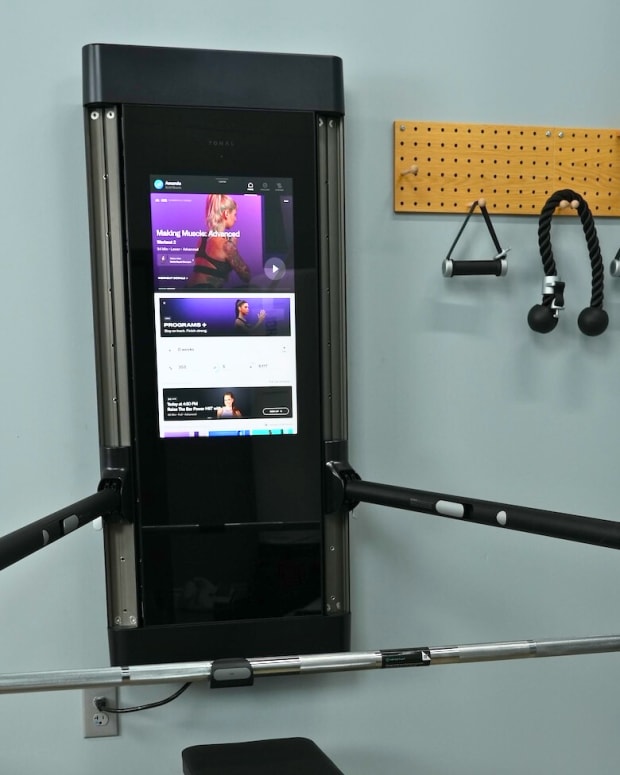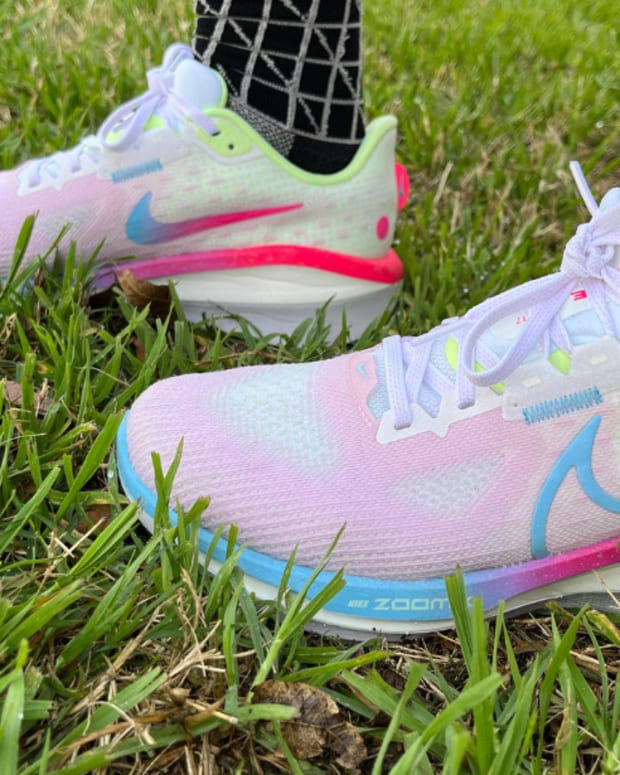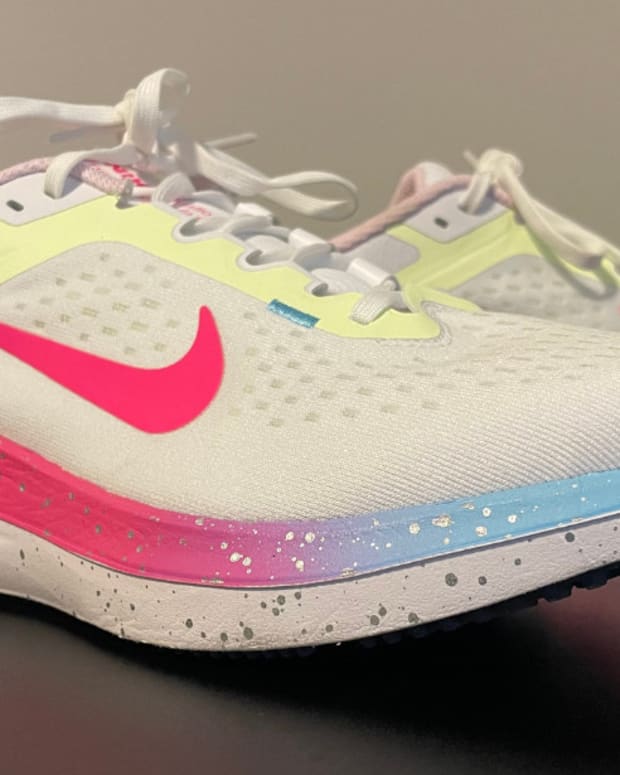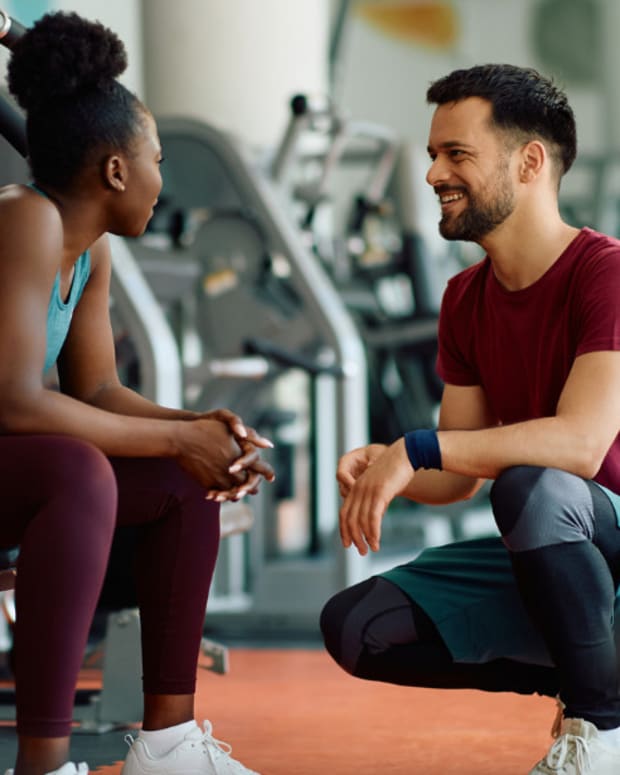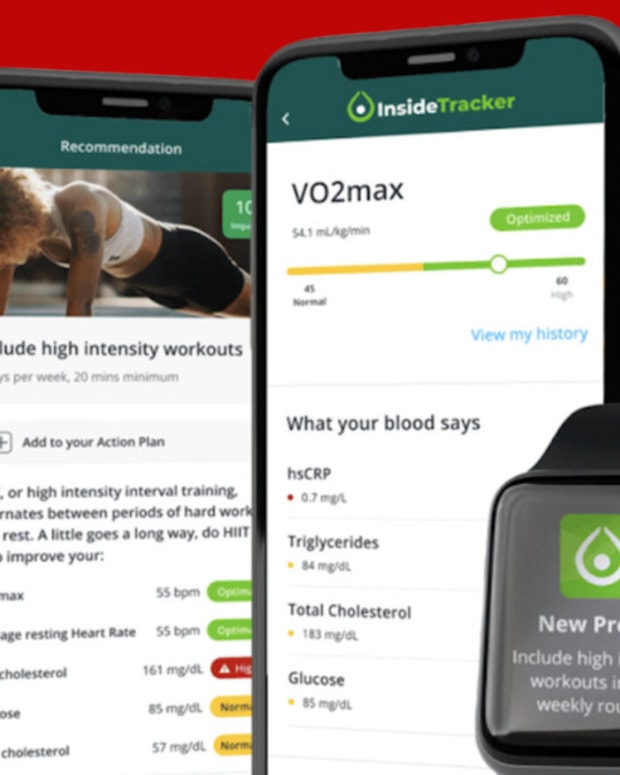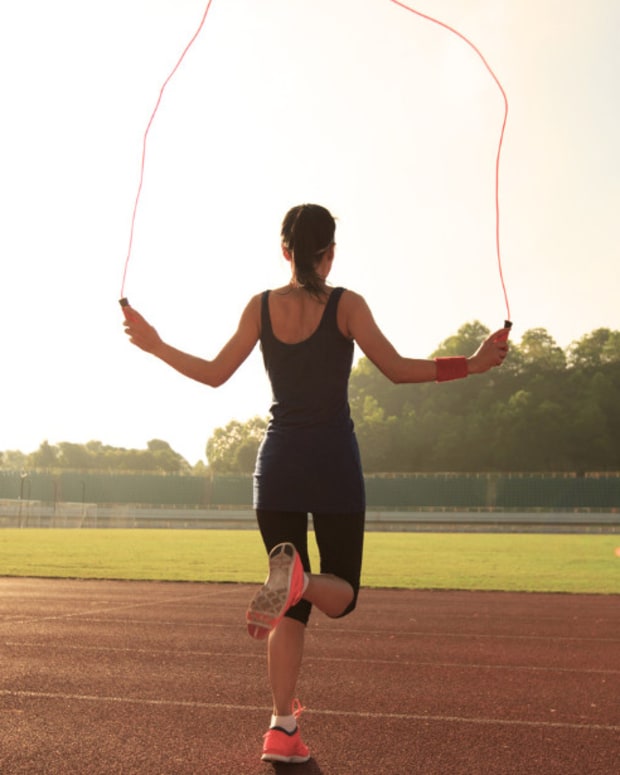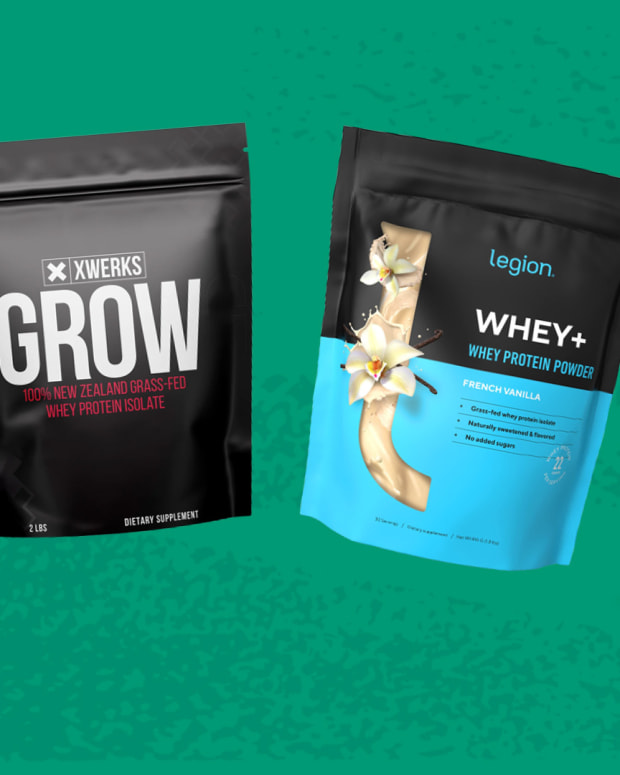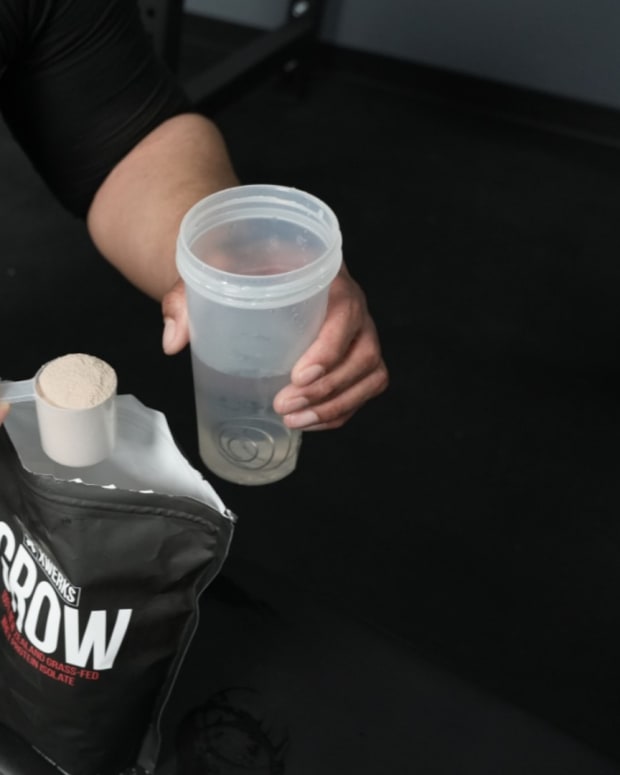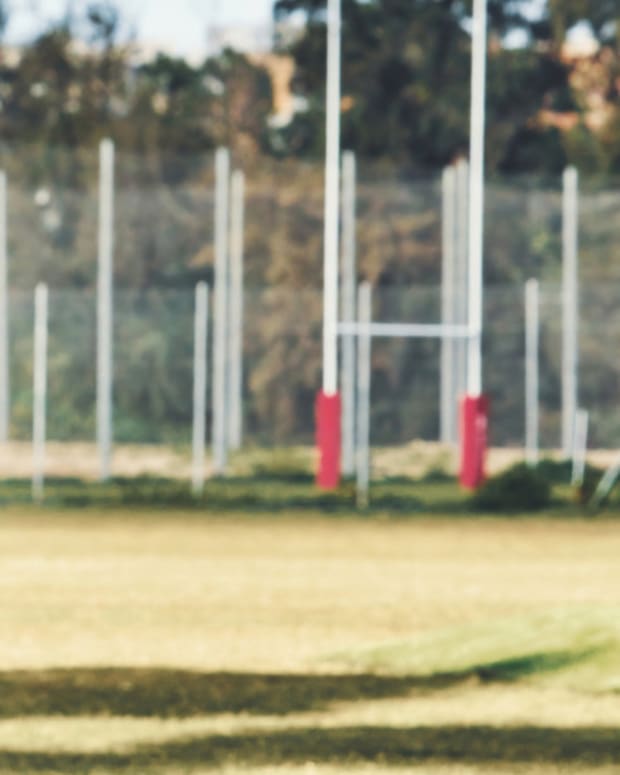The products featured in this article have been independently reviewed. When you buy something through the retail links on this page, we may earn commission at no cost to you, the reader. Sports Illustrated editorial staff are not involved in the creation of this content. Learn more here.
Our Picks for the Best Paddle Boards:
- Best Stand Up Paddle Board: BOTE Breeze Aero Inflatable Stand Up Paddleboard
- Best All-Around Paddle Board: Hala Rado Inflatable Stand Up Paddle Board
- Best Paddle Board for Beginners: Red Paddle Co. Ride Purple MSL 10’6″ Inflatable SUP
- Best Paddle Board for Fishing: Bote HD Aero 11’ 6” Inflatable Stand-Up Paddleboard
- Best Paddle Board for Yoga: Boardworks SHUBU Solr Inflatable Stand Up Paddle Board
- Best Touring Paddle Board: Pau Hana Surf Supply Endurance 12’ Touring Board
- Best High-End Paddle Board: Red Paddle Co. Voyager Tandem Stand Up Paddleboard
- Best Paddle Board for Overnight Trips: NRS Thrive Inflatable Stand Up Paddle Board
- Best Lightweight Paddle Board: Retrospec Weekender 10’ Inflatable Stand Up Paddle Board
- Best Budget Paddle Board: DAMA Inflatable SUP
The paddle board boom shows no signs of stopping, and for good reason. Not only is the sport easy on the body, but it’s accessible. All you need is a bit of nearby water, and you’re ready to go.
Unlike kayaks or canoes, paddle boards offer more freedom and versatility of use. In addition to floating across lakes or rivers, enthusiasts can also take them on overnight camping trips or out on glassy ponds for relaxing stand-up paddle board (SUP) yoga sessions.
In general, boards come in two categories: inflatable or solid. While inflatable boards are great for small spaces or traveling, solid boards offer the best performance for paddlers going fast and far.
When choosing the best board for you, also consider each board’s performance features. You'll want to look at durability, versatility and stability. It's also a good idea to examine assembly and ease of storage. To help you with your decision, we rounded up our top picks for the best paddle boards on the market.
Best Stand Up Paddle Board: BOTE Breeze Aero Inflatable Stand Up Paddleboard
Key Features:
- Length options: 10.6 feet or 11.5 feet
- Width: 33 inches
- Thickness: 6 inches
- Weight capacity: 315 pounds
- Inflated weight: 20 pounds or 22 pounds
- Fins: One removable Aero center; two side bite fins
- Other features: Repair kit, pump, travel bag, adjustable bungees
- Price: $489.30
Beginners and intermediate paddlers alike will appreciate the overall ease and stability of the Breeze Aero inflatable paddle board. Constructed with military-grade PVC, the Breeze is a durable workhorse that rings in at an affordable price.
Thanks to its generous 33-inch width, the Breeze Aero is decently stable in a variety of conditions, including glassy lakes and choppy waves. Even with the front bungeed cargo area fully loaded with gear, the paddle board still sits evenly and glides smoothly through the water.
Weighing 20 pounds when inflated, the Breeze is a lightweight option that packs into a reasonably sized travel bag that most adults can carry.
Pros:
- Affordable
- Lightweight
- Stable in a variety of conditions
Cons:
- Non-removable side fins
Best All-Around Paddle Board: Hala Rado Inflatable Stand Up Paddle Board
Key Features:
- Length: 10 feet 10 inches
- Width: 35 inches
- Thickness: 6 inches
- Weight capacity: 325 pounds
- Inflated weight: 28.5 pounds
- Fins: One retractable center fin; two removable side bite fins
- Other features: Adjustable carbon paddle, hand pump, backpack, repair kit
- Price: $1,349.00
You can’t go wrong with Colorado-based Hala’s Rado Inflatable Paddle Board, a sturdy-yet-playful board that’s comfortable on both flatwater and whitewater alike. Thanks to a 35-inch wide deck, the Hado easily maneuvers over whitecaps while allowing paddlers to easily balance and shift their weight. But that doesn’t mean it’s burly or slow. The Hado’s rocker design (curved like a smile from the tail to the nose) and swallowtail-shaped tail add enough agility for a lot of fun.
The best part: The Rado boasts a unique retractable center fin. This spring-loaded mechanism automatically slides into the board if it connects with rocks or river bottoms, ensuring you don’t bust your board.
Pros:
- Retractable center fin
- Rocker design for maneuverability
- 12 rigging points to easily carry gear
Cons:
- A lot of board for beginners
- Heavy for an inflatable
Best Paddle Board for Beginners: Red Paddle Co. Ride Purple MSL 10’6″ Inflatable SUP
Key Features:
- Length: 10.5 feet
- Width: 32 inches
- Thickness: 4.7 inches
- Weight capacity: 240 pounds
- Inflated weight: 21.9 pounds
- Fins: Two fins, fixed
- Other features: Three-piece paddle, pump, backpack, adjustable cargo strap
- Price: $1,499
Beginners ready to make an investment will appreciate the Ride Purple MSL’s sweet spot: light enough that it’s easy to tote around, yet stable enough that fresh-faced paddlers feel confident in their balance. Unlike other boards on this list, the Ride Purple uses a fixed, two-fin system that offers straighter travel when compared to a three-fin system (albeit with slightly less stability).
Features are slim on this paddle board, but it does come with everything a newbie needs, including a paddle, pump and a backpack to stow everything away. Three bungee straps on the nose hold a decent amount of gear, and the board comes with a leash. Bonus: Three carry handles line the paddle board, making it easy to maneuver in and out of the water.
Pros:
- Multiple carry handles for portage
- Durable, high-quality storage backpack
Cons:
- Expensive
Best Paddle Board for Fishing: Bote HD Aero 11’ 6” Inflatable Stand-Up Paddleboard
Key Features:
- Length: 11.5 feet
- Width: 34 inches
- Thickness: 6 inches
- Weight capacity: 315 pounds
- Inflated weight: 30 pounds
- Fins: One removable center fin
- Other features: Paddle, pump, storage bag, repair kit
- Price: $976.65
Anglers, look no further: The Bote HD Aero is the floating platform you never knew you needed. With a 34-inch width, longer length and generous weight capacity, the HD Aero makes a solid and stable base that’s sturdy enough for the fly fishermen among us. The square-shaped tail upticks stabilization, ensuring you won’t go for an accidental swim when you mean to cast.
A series of bungee cords along the nose and tail are plenty to hold the essentials. When combined with the built-in fishing rack mounts and cooler tie downs, you won’t want for much while on the water. If you prefer to sit while casting, don’t sweat it: The HD Aero is compatible with a kayak seat.
Pros:
- Extremely stable while casting
- Cooler tie-downs so you can store your catch
- Burly carrying case
Cons:
- Leash not included
- Heavy paddle board
Best Paddle Board for Yoga: Boardworks SHUBU Solr Inflatable Stand Up Paddle Board
Key Features:
- Length: 10.5 feet
- Width: 32 inches
- Thickness: 6 inches
- Weight capacity: 260 pounds
- Inflated weight: 21 pounds
- Fins: One removable center fin
- Other features: Adjustable paddle, pump, backpack roller bag, leash, repair kit
- Price: $1,029
From downward dog to warrior II, yogis love the thick, yoga mat-like foam that covers nearly 75 percent of the Boardworks SHUBU Solr Paddle Board. Thanks to its grippy texture and cushioned padding, practitioners can easily handstand or kneel without fear of slipping and sliding (or bruising). Plus, rigid sidewalls add stability to the board, making it easier to find that balance during your tree pose.
Related Post: The Best Yoga Accessories
A single center fin tracks best in calm water, but still handles slightly rougher terrain. Four tie-downs and a bungee system allow for adequate gear storage on board. It’s a featherweight compared to other boards on this list, so it’s easy to bring along in the included backpack roller bag—no matter the location of your lake.
Pros:
- Lightweight for portability
- Plush cushioning on top of the board
Cons:
- Not the best choice for rough water
Best Touring Paddle Board: Pau Hana Surf Supply Endurance 12’ Touring Board
Key Features:
- Length: 12 feet
- Width: 30 inches
- Thickness: 6.5 inches
- Weight capacity: 417 pounds
- Inflated weight: 31.5 pounds
- Fins: One removable center fin
- Other features: 35 threaded attachment points
- Price: $1,649.00
Paddlers wanting to go far while carrying a massive load won’t do much better than the Pau Hana Endurance XL. Thanks to a gargantuan weight capacity, most adults can easily load up to 100 pounds of gear without affecting the board’s floatation. With 35 threaded attachment points carefully placed throughout, it’s easy to secure cargo with various straps and never worry about it falling into the drink.
The Endurance XL is on the longer side, but it doesn’t feel cumbersome, and paddlers can cover some serious mileage with fewer strokes. It’s not a fast board, but if you’re looking for a stable workhorse to help you log a couple overnights, the Endurance XL is tough to beat.
Pros:
- Huge weight capacity
- Longer length for traveling bigger distances
- Plenty of tie-down points
Cons:
- Higher price tag
- Heavy
Best High-End Paddle Board: Red Paddle Co. Voyager Tandem Stand Up Paddleboard
Key Features:
- Length: 15 feet
- Width: 34 inches
- Thickness: 8 inches
- Weight capacity: 242 pounds
- Inflated weight: 38 pounds
- Fins: One removable center fin
- Other features: Two pumps, travel bag, repair kit, waterproof e-pouch
- Price: $2,199
There’s a lot to love about the Voyager Tandem, but let’s start with the length and width. Clocking in at a whopping 15-feet long and eight-inches thick, this board easily fits two adults looking to enjoy some water time together. Since it’s thicker than most boards, it has no problem supporting a duo (and even a trio if it includes a small child).
The single fin tracks well in calm water, but it does take some adjustment to stay centered with two people. The generous width means it’s adequately stable, but we recommend practicing in the shallows before venturing farther out. Once you find your stride, this extra-long board cruises over the chop.
Pros:
- High and dry ride
- Covers distance quickly
- Easily handles rough water
Cons:
- Higher price tag
- Heavy
Best Paddle Board for Overnight Trips: NRS Thrive Inflatable Stand Up Paddle Board
Key Features:
- Length options: 9 feet; 10 feet 3 inches; 10 feet 8 inches; 11 feet
- Width: 30-36 inches
- Thickness: 5–6 inches
- Weight capacity: 180–275 pounds
- Inflated weight: 23–31 pounds
- Fins: One removable center fin, two removable side fins (comes with five)
- Other features: Pump, travel bag, pressure gauge, repair kit
- Price: $1,095–$1,345
Versatility is the name of the game for the NRS Thrive, with a variety of options to make your next overnight trip a breeze. The board is available in four different lengths and widths so paddlers can accommodate their preferred gear loads. In addition to the single nine-inch center fin, the kit comes with dual two-inch side fins and two five-inch side fins. This means paddlers can adjust their maneuverability needs for any upcoming adventures.
A host of D-rings provide a decent amount of lashing points to secure cargo to the board. With a user-friendly rounded and rockered nose, the Thrive makes for a solid cruising board that will adequately perform in most environments.
Pros:
- Interchangeable fins
- Versatile shape
Cons:
- Only one carry handle
Best Lightweight Paddle Board: Retrospec Weekender 10’ Inflatable Stand Up Paddle Board
Key Features:
- Length: 10.5 feet
- Width: 30 inches
- Thickness: 6 inches
- Weight capacity: 275 pounds
- Inflated weight: 17 pounds
- Fins: One removable center fin, two removable side fins
- Other features: Paddle, pump, backpack duffle, repair kit, waterproof smartphone case
- Price: $199.99
The Retrospec Weekender checks a lot of boxes for the weekend warrior. Not only is the featherweight light enough for small adults to carry, but its shorter length makes it highly maneuverable. It’s not the fastest out there (that comes with length) nor is it the most stable; we wouldn’t recommend yoga. However, its 30-inch width gives it enough stability that most paddlers can use it for a variety of conditions.
The rounded nose cruises through calm waters, slight chop and even smaller rivers with ease, while the rounded tail helps you balance.
Pros:
- Very affordable
- Works well in most recreational conditions
Cons:
- Less stable than larger boards
Best Budget Paddle Board: DAMA Inflatable SUP
Key Features:
- Length: 10.5 feet
- Width: 32 inches
- Thickness: 6 inches
- Weight capacity: 330 pounds
- Inflated weight: 20 pounds
- Fins: One removable center fin, two removable side fins
- Other features: Paddle, pump, carry backpack, repair kit, leash, waterproof phone pouch, five-liter waterproof bag, shoulder strap
- Price: $299.99
You get a lot for a little with the DAMA Inflatable SUP, since DAMA includes way more accessories than most paddle board brands. The inflatable board comes with the traditional paddle, pump, carry bag and repair kit, but you also get nice-to-have items like a five-liter waterproof bag and a shoulder strap that attaches to D-rings on the board for an easy carry.
The 10.5-foot board has a maximum weight capacity of 330 pounds but we’d recommend going a bit lighter as the DAMA gets squirrely under heavier loads. Like the Weekender (above), the DAMA’s rounded nose makes this paddle board a decent all-around option for most recreational enthusiasts, but the slightly thinner width means it isn’t the most stable. Still, if you’re hoping to paddle around a lake on a Saturday morning, you can’t go wrong.
Pros:
- Very affordable
- Includes numerous accessories
- Decent weight capacity
Cons:
- Less stable that wider boards
- Often feels bouncy while paddling
Alternates
There are numerous paddle boards on the market that fit a variety of budgets. If you’re especially wanting a stand-up paddle board that costs less than $1,000, consider the iRocker All-Around Inflatable Paddle Board, the Bluefin Cruise SUP Package, the Isle Pioneer SUP or the Thurso Surf Inflatable SUP.
How We Chose the Best Paddle Boards
When choosing the best paddle boards, we evaluated the material quality, design quality, versatility and durability. After all, when you decide to add a paddle board to your lifestyle, it’s important to consider the features and functionality that best suit your preferences. We also read lots of customer reviews and factored in pricing, including both budget and luxury boards in our list.
How to Choose the Best Paddle Board for You
Experience level
In general, beginners should look for a paddle board that is 32- to 34-inches wide. These wider dimensions create a more stable board that makes it easier to balance. If you’re an experienced paddler, you can easily drop down to a board that is 30- to 32-inches wide. Beginners will also want to look for a board with a higher volume, roughly ranging from 170 to 190 liters.
Functionality
Different paddle boards are better for different uses. Longer, heavier boards are better equipped for larger loads and long-haul trips, but they’re less maneuverable. Smaller, narrower boards are built for speed and racing, but are less stable (especially for beginners). If you plan on additional activities on your SUP, like fishing or yoga, you’ll likely want to consider a wider board that enables more balance.
Shape
There are two main paddle board shapes: all-around and touring. An all-around paddle board has a rounded nose (known as a planing hull) and a small rocker that lifts the nose out of the water. This makes an all-around board good for cruising lakes and rivers. A touring paddle board has a pointed nose like a kayak (known as a displacement hull), and is built for fast and long paddles. These boards track straighter, but are tougher to balance.
Length
Longer paddle boards are faster, while shorter boards are more maneuverable. Most recreational paddlers will be happy with a board length of 10 to 11 feet.
Width
A wider paddle board is more stable than a narrower waist, but added width can slow the board down. For most paddlers, a good width is 32 to 34 inches. Narrower boards (below 32 inches) are less stable, but more agile.
Weight
Paddle board weight varies, with inflatable boards ranging from 15 to 30 pounds and traditional solid boards starting at 30 pounds and going up from there. Heavier boards tend to get blown around in wind less than lighter boards, but lighter paddle boards are much easier to transport and carry.
Weight capacity
Paddle boards can usually hold anywhere from 200 to 350 pounds (with some touring boards going up much higher). However, this maximum weight capacity should also include your cargo, so be sure to factor that into your decision.
Deck pad
Often referred to as a traction pad, the deck pad is a layer of rubber padding that sits atop the paddle board. Not only does this make the deck more comfortable on your joints when kneeling, but it also provides traction for wet feet or during yoga poses.
Handles
Most paddle boards have at least one carrying handle along the side, if not more. This makes it easier to hold beneath your arm while transporting the inflated board to the water.
Fins
There are two main fin configurations for paddle boards: one center fin or three fins with one in the center and two more on the sides. Single fins reduce drag, so those boards are often faster in the water, while three fins promotes straight tracking. Additionally, deeper fins encourage stability more than shallow fins.
Accessories
Most paddle boards come with a paddle, leash, repair kit, pump to inflate the board and some type of carrying bag. Beyond those basics, a few boards may come with added accessories, such as various tie-down points for cargo or even wet bags to store your gear. On some rare occasions, paddle boards may also include a kayak seat that allows paddlers to sit down and paddle.
Storage
Inflatable paddle boards are much easier to store than solid paddle boards, since you can deflate them and put them inside their carry bag. Because of this, they are also easier to transport, since you can throw the bag in the back of the car and inflate the board at your destination. Conversely, solid boards require a designated storage location to accommodate their size, along with a roof rack or truck bed for transport.
Budget
There’s a vast price range for paddle boards, with lower-end boards beginning around $200 and fancier, higher-end boards eclipsing $2,000. It’s most important to stay within your budget, but remember the least expensive boards cost less because they’re constructed with less-durable materials. For paddle boards, this often means they use a single-layer of PVC versus costlier boards that use a double layer for added durability. Larger boards also cost more than smaller boards, so keep that in mind when factoring price.
Types of Stand-Up Paddle Boards
All-Around
An all-around paddle board is the most versatile board of the group. Typically constructed with a rounded nose, these boards are designed for all water types. This means they equally balance speed, tracking and stability.
Touring
Touring boards are usually longer than all-around boards and have a pointed nose that slashes through the water at higher speeds. They’re often a bit narrower than all-around boards and usually have the ability to carry lots of gear.
Whitewater
Whitewater paddle boards are often shorter and wider than other boards for agility and mobility. They also have more severe rocker profiles that keep the nose out of the water, even on the most tumultuous terrain.
Surf
While you can technically paddle board on a surfboard, it’s going to be much trickier than on a paddle board. This is because surfboards are lighter, thinner and far more agile than paddle boards. Surfboards also don’t have the same floatation as paddle boards, so they’ll sink much lower into the water.
Fishing
Fishing paddle boards allow anglers to cast from an upright position so they can see the water better. Fishing boards are usually longer and wider for added stability. They also have features like deck mounts, rod holders and D-rings to secure gear and coolers.
Race
Racing paddle boards are much longer than all-around boards, with the most popular length hovering around 14 feet. They are also much narrower, with widths ranging from 20 to 26 inches. They usually have only one fin to decrease drag.
Solid vs Inflatable
Solid paddle boards are often made from a foam core wrapped in fiberglass and epoxy. This means they are lightweight and durable, but more expensive. Solid boards offer greater stability on the water and perform better since they cruise much faster and at a smoother clip. However, transportation and storage are often a problem since these boards are large and cumbersome to stow away.
Inflatable paddle boards are constructed with PVC and need to be inflated with the included pump every time you want to use them. These perform better in whitewater conditions because they can easily handle bumping into rocks and other hard debris. While they don’t have as great of performance as solid paddle boards, most people enjoy their packability, since the carrying bag takes up a fraction of the space when compared to a solid board. Inflation time is a factor, but most boards require less than 20 minutes to go from full deflation to water.
Parts of a Paddle Board
Deck
The deck of the paddle board is the top section that you stand on while paddling. Most boards have one of three deck shapes: domed, concave or flat, with flat and domed being the most commonly used. The deck is usually covered in a deck pad, which is a rubberized padding that makes the surface more comfortable and grippy when wet.
Fins
Fins are the plastic triangles that fit beneath the tail of the board. They prevent the tail from wobbling in either direction while encouraging forward, straight movement. Longer, bigger fins create more drag, so they slow the board down but also increase stability. Smaller, shorter fins allow for speed but require more balance.
Handles
Carry handles are often located in the center of the board. Once the board is inflated, you can easily tuck it under your arm while holding the carry handle to transport the board to the water.
Paddles
Paddle boarders always need one paddle to propel the board forward. Paddles are available in both fixed-length and adjustable, but adjustable is more popular since it allows for versatility. However, fixed-length paddles can be lighter and stiffer.
Paddle Boards FAQs
How much should I spend on a paddle board?
Paddle boards have a vast price range, but a high-quality board with durable materials typically starts around $800-$900.
Can you leave a paddle board outside in the sun?
Leaving your paddle board in the sun causes delamination on solid boards and ripped seams on inflatable paddle boards. If you need to store it outside, find a cool and shady location.
Can you leave a paddle board outside in the winter?
Storing your paddle board indoors is ideal as it’s not recommended to store it in temperatures below 40 degrees Fahrenheit. If it’s not an option, protect your board against any type of moisture by covering it with a tarp, stashing it below a deck or tucking it beneath the eaves of your roof.
Is a longer or shorter paddle board better?
Neither length is better as it depends on use. The most popular length is 10 to 11 feet, but longer boards are more suited to overnight trips, while shorter boards are more responsive.
Final Thoughts
Regardless of whether you want to enjoy a sunrise yoga session or paddle through an exhilarating series of whitecaps, a paddle board can get you there. We recommended seriously considering your intended use and preferred budget to help you determine the best model for your needs. But once you do find your floating stallion, a paddle board is a great way for outdoor enthusiasts to stay active, soak up the sun and explore the world around us.
Prices are accurate and items in stock as of publish time.











